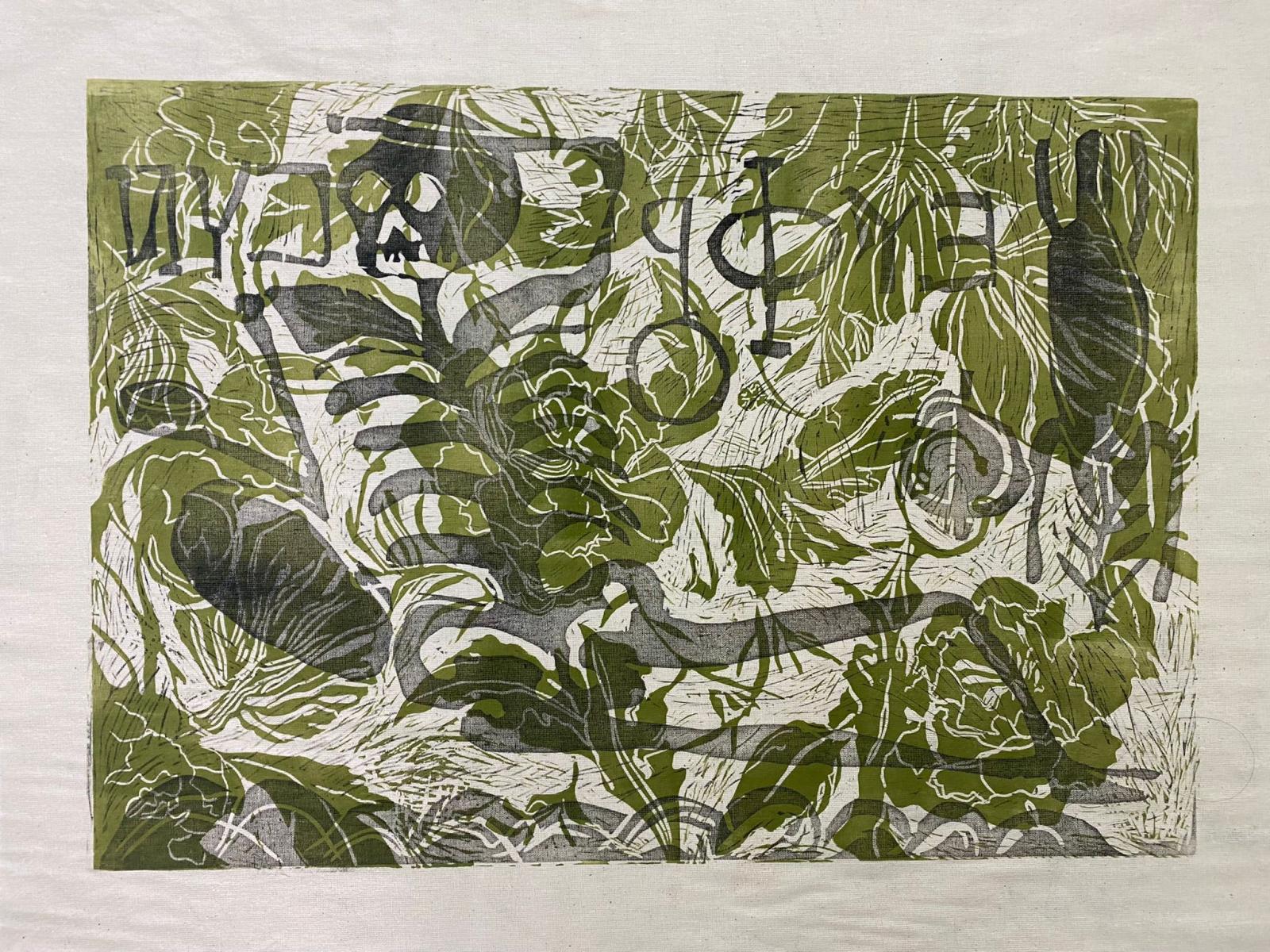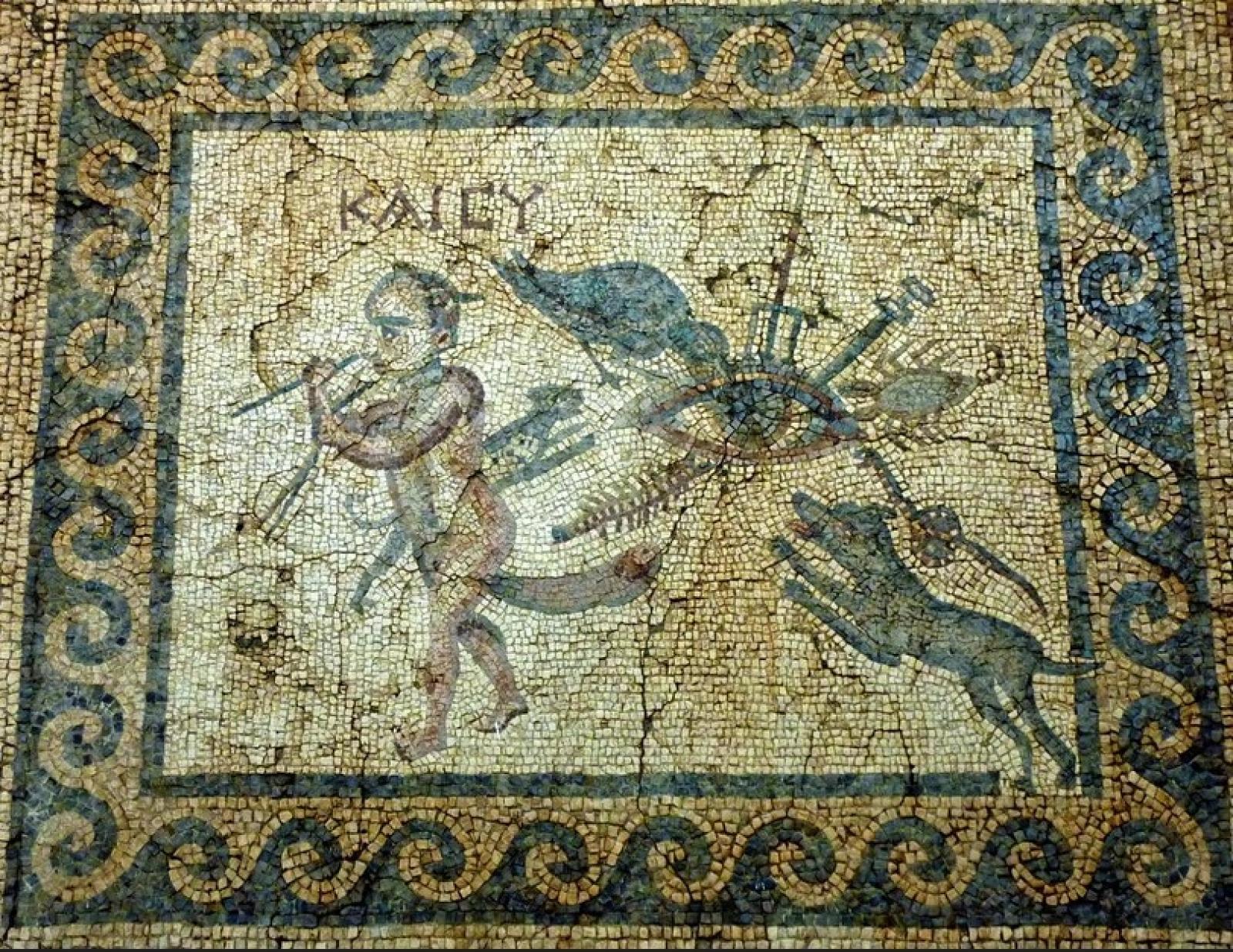Telltale of the Stone: Beware of the Evil Eye, Live Happily!
July 2023 - June 2024
HATAY, ADIYAMAN, ŞANLIURFA
The Telltale of the Stone: Beware of the Evil Eye, Live Happily! project draws inspiration from the mosaics of the ancient civilizations located in Turkey. Telltale of the Stone aims to tell the story of mosaic through the concepts of death, life and power, focuses on our rights of cultural heritage through the recent earthquake disaster with the goal of creating a thought space on the dereliction of readers and cultural heritage.
The process begins during a research at the Perre Ancient City in Adıyaman. The point of origin of the project is a news article about two brothers, Kemal and Mehmet A…, who discovered a mosaic block dating back to the Roman era, approximately to 1600 years, while working in their field in the Çakmak neighborhood of the Gölbaşı district of Adıyaman in 2017 and informed the gendarmerie about their discovery. An item of great value, which had been buried in the ground for centuries, was found by pure coincidence. Considering the fact that countless number of such valuable items in this geography still lay buried, the project suggests a re-analysis of cultural values over selected mosaics and through today’s perspective.
Cities such as Hatay, Adıyaman and Şanlıurfa, which have a strong history in mosaic, have been selected for the implementation phase. These cities undergo two large-scale earthquake disasters during the writing phase of the project. Both the local people and the cultural fabric suffer heavy damage due to improper policies. Lives buried under the ground, as well as the identity which is already under the ground, evolve into a situation which, in a sense, needs to be dug out and not covered. Are mosaics, comprising of talismanic symbols or figures which are believed to protect both people and buildings from evil spirits and fight evil eyes, falling victim to human ambition?
The conclusion phase of the project, which progresses through the symbolic language incorporated in mosaics, is planned to feature a comprehensive exhibition of graphic arts printed on American cloth, also known as canvas cloth.





